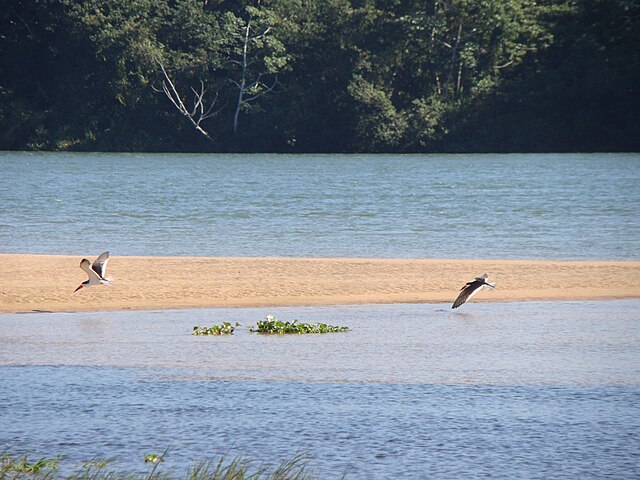Iguaçu National Park is a national park in Paraná State, Brazil. It comprises a total area of 185,262.5 hectares and a length of about 420 kilometers (260 mi), 300 kilometers (190 mi) of which are natural borders by bodies of water and the Argentine and Brazilian sides together comprise around 260,000 hectares. Iguaçu National Park was created by federal decree nr. 1035 of 10 January 1939 and became a UNESCO World Heritage Site in 1986. The park is managed by Chico Mendes Institute for Biodiversity Conservation (ICMBio).
Iguazu Falls
Iguaçu National Park Gateway
Ticket Office
The Garganta do Diabo Walkway allow panoramic view of the falls from the Brazilian side.
National Parks are a legally-defined type of protected area of Brazil.
The first parks were created in the 1930s with other parks being gradually added, typically protecting a natural monument such as a waterfall or gorge near to a coastal population centre.
At least two early parks were later submerged by hydroelectric reservoirs.
The first park in the Amazon rainforest was inaugurated in 1974. Today the national parks cover a huge area, particularly in the Amazon.
However, many of them suffer from outstanding claims for compensation from former owners or users of the land, and many lack the management plans, physical infrastructure and personnel needed to support public visits.
The responsible government agency does not have the capacity to provide services such as food and drink, souvenir sales and guided tours, and bureaucracy has delayed letting the private sector bid on providing such services.
Alto Cariri National Park, Bahia
Ilha Grande National Park
Pico das Agulhas Negras in the Itatiaia National Park
Visitors in the Iguaçu National Park








